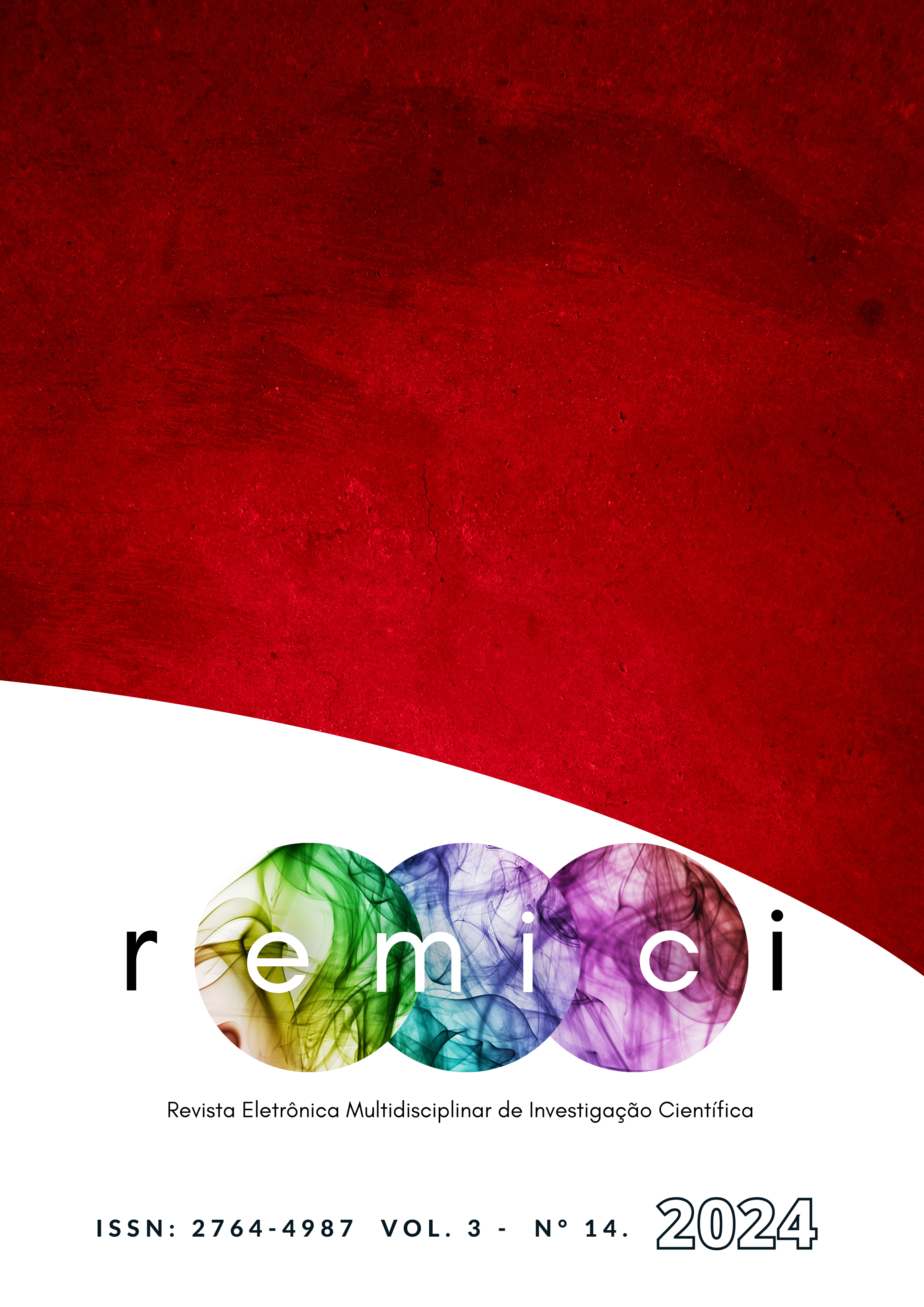O CONCEITO DO LALALISMO NA GESTÃO DA SEGURANÇA DO TRABALHO
Main Article Content
Abstract
Lalalismo may be regarded as a philosophical approach that accentuates the significance of contentment and sanguinity in everyday existence, albeit in a deceptive manner, thereby entrancing individuals via speech that tends to be agreeable and in demand. The phrase "There" conceivably alludes to laughter or glee, implying that the professed goal is to attain happiness through trivial moments. When examining the relationship between Lalalismo and coaching, we arrive at the concept that will be discussed in this study. The aim of this research is to present the concept and support its validity through observation of employees and leaders in the commercial, industrial and service sectors. As such, this presents an innovative terminology for management practices, particularly in occupational safety. Through the development of this study, it was feasible to construct and describe the concept of Lalalismo and its role in occupational safety management. The risks and major implications associated with toxic positivity in this context were also highlighted. The discourse should be in line with sound management practices, including meritocracy and adherence to the legal framework encompassing occupational safety management. It is hoped that this work will reinforce the importance of organizations mixing technical competence and Lalalismo (in minimal proportions) when selecting their leadership. This ensures a perfect scenario for the expansion and growth of the safety culture at any organizational level or activity. Objective evaluations will be excluded; clear, concise language will be used with a logical flow of information, causal connections between statements, and explanations of technical term abbreviations. Standard sentence structure, consistent technical terms, and passive tone will be employed. There will be adherence to common academic sections, regular author and institution formatting, and clear, objective language. Style guides, consistent citation, and a consistent footnote style and formatting features will be applied, with clear marking of quotes and avoidance of filler words. The language will remain formal, without contractions, colloquial words, informal expressions or unnecessary jargon, and positions on subjects will be made clear through hedging. Bias will be avoided, as well as ambiguous terms, and grammatical correctness will be strictly applied. Precise word choice will be employed regarding subject-specific vocabulary.
Article Details

This work is licensed under a Creative Commons Attribution-NonCommercial-ShareAlike 4.0 International License.
References
CAMPOS, T. M.; NUNES PINTO, H. M. Coaching nas organizações: uma revisão bibliográfica. 2012. Disponível em: https://revistas.una.br/reuna/article/view/439. Acessado em: Out. 2023.
CHAMBEFORT, C. Coaching: pour la promotion d’une idéologie normative? 2006. Disponível em: https://journals.openedition.org/communicationorganisation/3342. Acessado em: Out. 2023.
CHOUDHRY, R. M.; FAG, D.; MOHAMED, S. The nature of safety culture: a survey of the state-of-the-art. Safety Science, n. 45, p. 903-1012, 2007. Disponível em: https://www.sciencedirect.com/science/article/pii/S0925753506001251. Acessado em: Out. 2023.
COX, E.; BACHKIROVA, T.; CLUTTERBUCK, D. The complete handbook of coaching. London: Sage, 2014.
CRESWELL, J. W. Research design. Qualitative and Quantitative Approach. Thousand Oaks: Sage Publications, 1996.
EK, A. et al. Safety cultura in Swedish air traffic control. 2007. Disponível em: https://www.sciencedirect.com/science/article/pii/S0925753506001044. Acessado em: Out. 2023.
FAIRCLOUGH, N. Analyzing Discourse: textual analysis for social research. London: Routledge, 2016. Disponível em: https://www.scielo.br/j/osoc/a/VSrfdMxTzNDzmdqB7LSFs9C/. Acessado em: Out. 2023.
GAULEJAC, V. D. Gestão como doença social: ideologia, poder gerencialista e fragmentação social. São Paulo: Ideias e Letras, 2007.
GRANT, A. M. Workplace, executive and life coaching: An annotated bibliography from the behavioural science and business literature. Australia: University of Sydney, 2005. Disponível em: https://www.scirp.org/reference/referencespapers?referenceid=1337981. Acessado em: Out. 2023.
HOPKINS, A. Safety, Culture and Risk: the organizational causes of disasters. Sydney: CCH, 2005.
HUDSON, P. Applying the lessons of high risk industries to health care. Quality & Safety in Health Care, n. 12, p. I7-I12, 2003. Disponível em: https://qualitysafety.bmj.com/content/12/suppl_1/i7. Acessado em: Out. 2023.
KILLBURG, R. R. Toward a conceptual understanding and definition of executive coaching. 1996. Disponível em: https://psycnet.apa.org/record/1996-06258-009. Acessado em: Nov. 2023.
MEARNS, K.; WHITAKER, S. M.; FLIN, R. Safety climate, safety management practice and safety perfornance in offshore environments. Safety Science, n. 41, p. 641-680, 2003. Disponível em: https://www.sciencedirect.com/science/article/pii/S0925753502000115. Acessado em: Nov. 2023.
PASCUAS, L. E. B. Proceso de formacion coral infantil en la escuela de alabanza de la mision carismatica internacional de Pereira. Programa Licenciatura en Música Pereira. 2015. Disponível em: https://repositorio.utp.edu.co/items/b0d6ebad-7df2-4e39-b3d8-65304f6e29b5. Acessado em: Nov. 2023.

